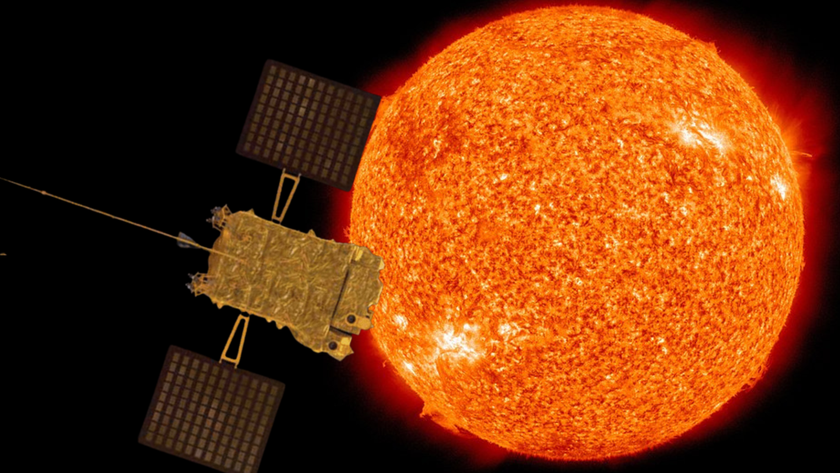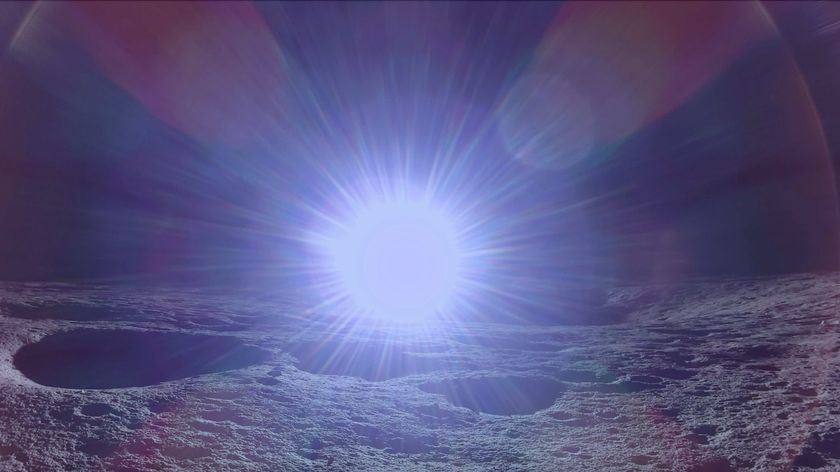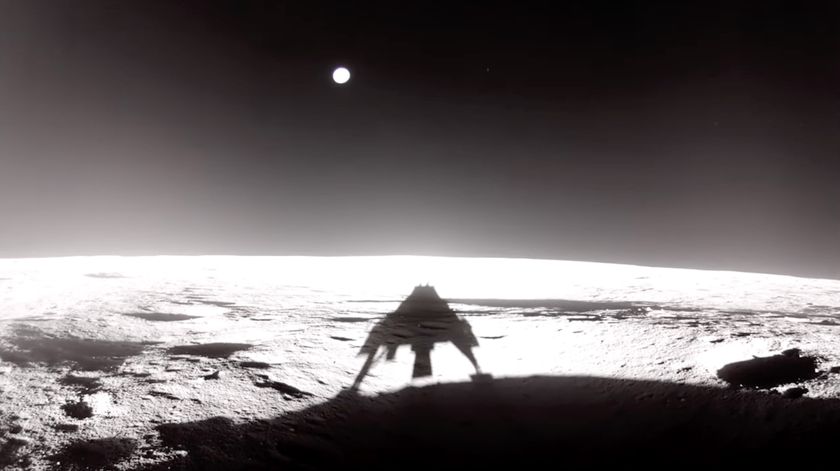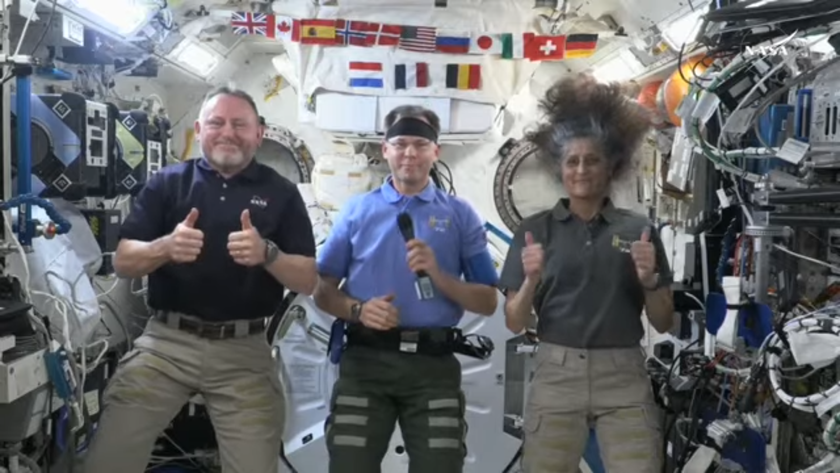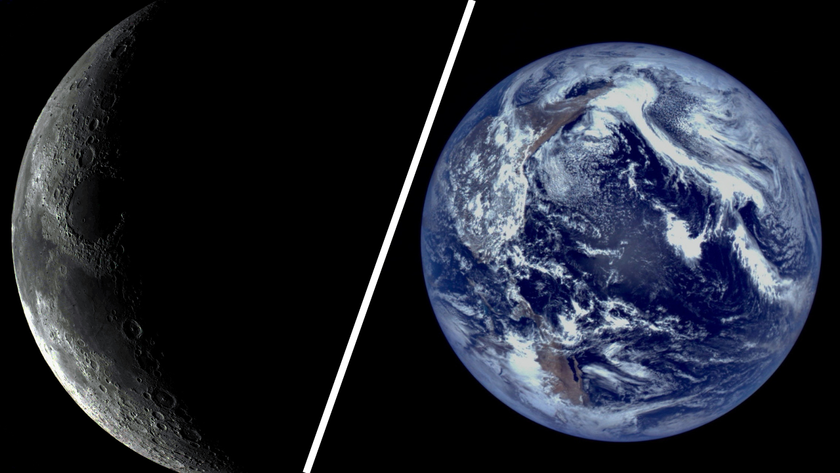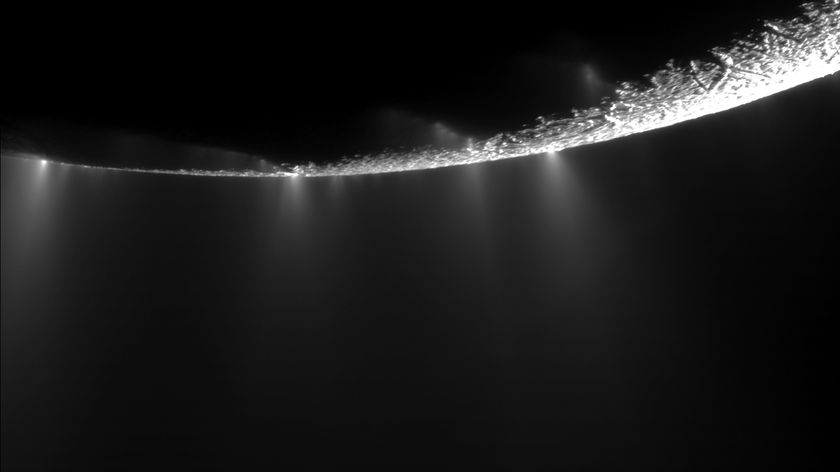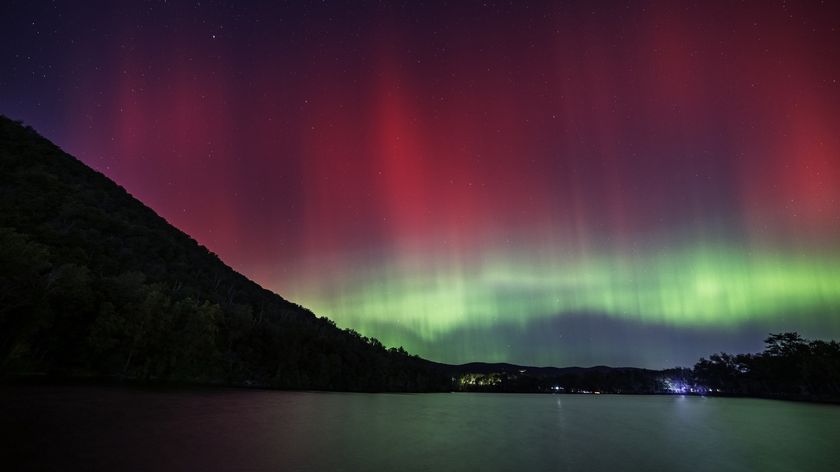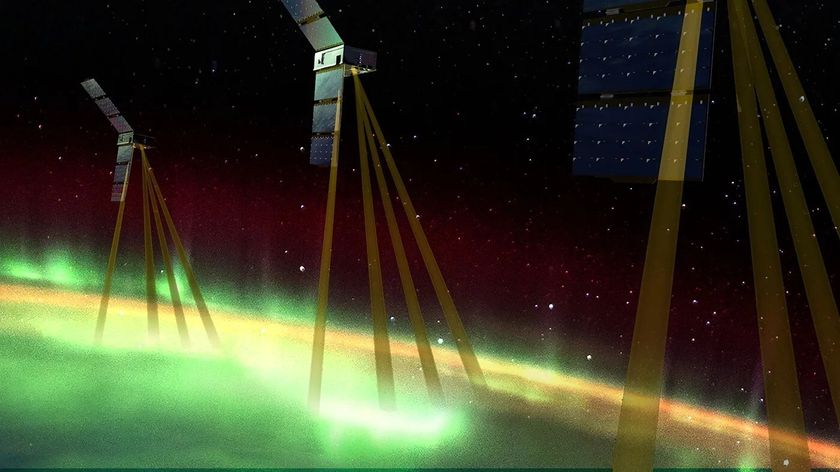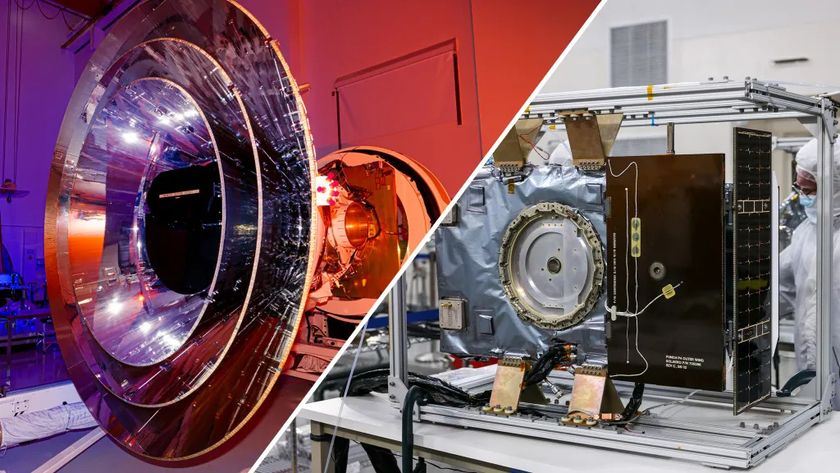
Exoplanet Search's Next Step: Pictures of Earth-Like World
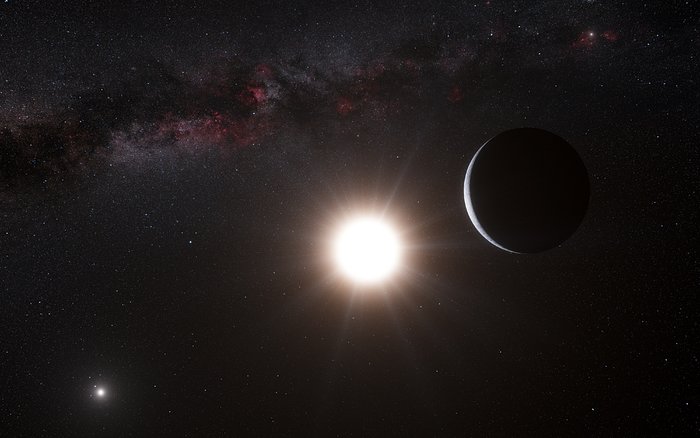
Project Blue contributed this article to Space.com's Expert Voices: Op-Ed & Insights.
They say that a picture is worth a thousand words, but when it's the first ever image of an Earth-like exoplanet, a picture could be worth far more. That's our goal at Project Blue.
Ten years ago, scientists didn't know if Earth-like planets were common in this galaxy. "Earth-like" means planets that are made of rock (rather than being gas giants) and orbit their stars in the "Goldilocks zone", where it's the right temperature for liquid water to exist on the planet's surface. These conditions are essential for life as we know it to evolve.
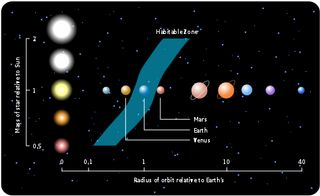
Today, thanks to the Kepler space telescope, researchers have discovered thousands of planets that fit this description. But no one has ever seen one. That's because Kepler uses "indirect detection" methods; instead of looking at the planets, it looks at the stars they're orbiting. Does the star wobble slightly due to orbiting bodies? Does its light dim ever so slightly when a planet passes in front of it? Scientists can use this data to determine that a planet exists, how big it is and how far away it is from the star — but not much else. [The 6 Most Earth-Like Alien Planets]
It's like researchers are learning about exoplanets by studying their footprints, rather than the planets themselves. It's time for the next step, which will be very challenging, but is possible thanks to recent technological advances. Researchers need to actually photograph a potentially Earth-like planet to learn more about it.
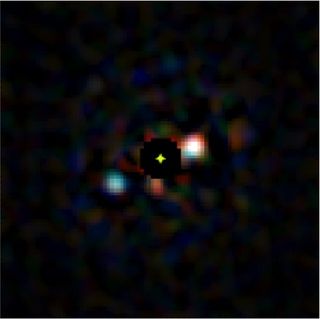
What scientists would really like to know is whether all those exoplanets are barren worlds, like Mars, or if some might be lush and teeming with life, like the Earth. Our photograph won't answer that question, but it will provide the first valuable clues and lay the foundation for more detailed follow-up missions as imaging technology advances.
By studying the light recorded in a visible image, we should be able to determine if the planet has an atmosphere. Based on the color, we can evaluate the composition of that atmosphere. For example, does it contain oxygen and nitrogen, two compounds that are essential to life on Earth?
Get the Space.com Newsletter
Breaking space news, the latest updates on rocket launches, skywatching events and more!
We can also determine the planet's mass, which will help us figure out what it's made of. We can study changes in the reflectiveness of the planet, which might say something about weather. And finally, a picture will give us some idea of what the surface is like.
We called our mission Project Blue because we're hoping to find another blue planet in Earth's neighboring star system. A bluish hue would indicate the possible presence of liquid water on the surface.
Humans have seen liquid water on only one planet, and that planet is teeming with life. If humanity found another blue dot in the universe, the race would be on to build bigger, more powerful telescopes, and put together more clues that could reveal more about this neighboring world.
Please join our campaign to help us get there.
Follow us @Spacedotcom, Facebook and Google+. Original article on Space.com.
Join our Space Forums to keep talking space on the latest missions, night sky and more! And if you have a news tip, correction or comment, let us know at: community@space.com.
